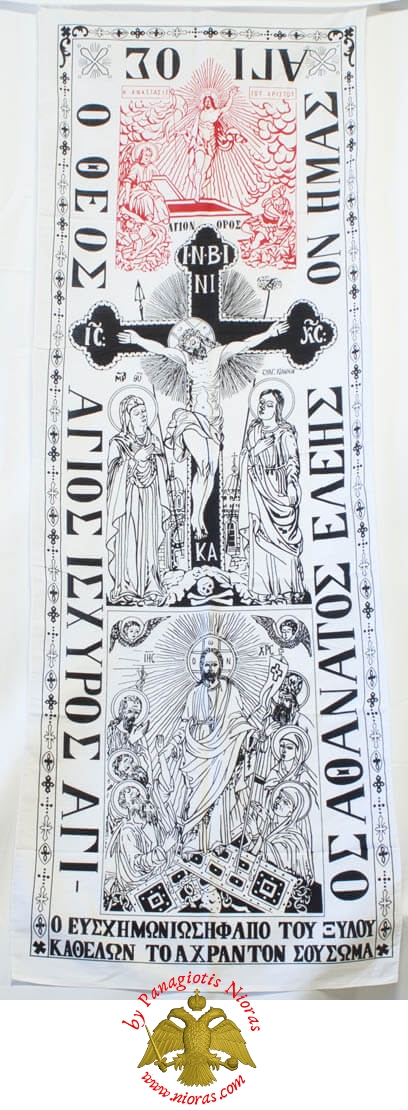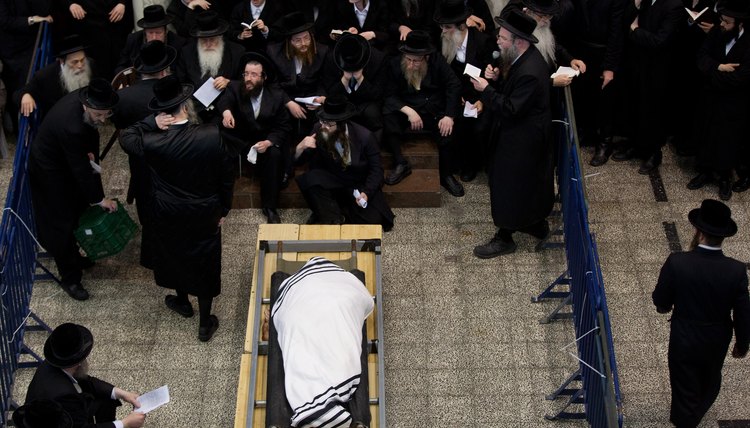


The Greek Orthodox clergy launched a Palm Sunday takeover of various Holy Land sites, including this one, in 1757 and expelled the Franciscans. In the second half of the 14th century Franciscan friars rebuilt the church once more. This church was destroyed by Saladin in 1187, but the crypt was still respected all that was left was the south entrance and staircase, the masonry of the upper church being used to build the walls of Jerusalem. The staircase and entrance were also part of the Crusaders' church. The monastic complex included early Gothic columns, red-on-green frescoes, and three towers for protection. Mary of the Valley of Jehoshaphat the church is sometimes mentioned as the Shrine of Our Lady of Josaphat. It was rebuilt then in 1130 by the Crusaders, who installed a walled Benedictine monastery, the Abbey of St. During the following centuries the church was destroyed and rebuilt many times, but the crypt was left untouched, as for Muslims it is the burial place of the mother of prophet Isa ( Jesus). Ī small upper church on an octagonal footing was built by Patriarch Juvenal (during Marcian's rule) over the location in the 5th century this was destroyed in the Persian invasion of 614. Later, the tomb interpreted by the local Christians to be that of Mary's was isolated from the rest of the necropolis, by cutting the surrounding rock face away from it. In 1972, Bellarmino Bagatti, a Franciscan friar and archaeologist, excavated the site and found evidence of an ancient cemetery dating to the 1st century his findings have not yet been subject to peer review by the wider archaeological community, and the validity of his dating has not been fully assessed.īagatti interpreted the remains to indicate that the cemetery's initial structure consisted of three chambers (the actual tomb being the inner chamber of the whole complex), was adjudged in accordance with the customs of that period. Īccording to other traditions, it was the Cincture of the Virgin Mary which was left behind in the tomb, or dropped by her during Assumption. In 452 the shroud was sent to Constantinople, where it was kept in the Church of Our Lady of Blachernae ( Panagia Blacherniotissa). According to the account, Juvenal replied that, on the third day after her burial, Mary's tomb was discovered to be empty, only her shroud being preserved in the church of Gethsemane. Ī narrative known as the Euthymiaca Historia (written probably by Cyril of Scythopolis in the 5th century) relates how the Emperor Marcian and his wife, Pulcheria, requested the relics of the Virgin Mary from Juvenal, the Patriarch of Jerusalem, while he was attending the Council of Chalcedon (451). On 25 June 1997 Pope John Paul II said that Mary experienced natural death prior to her assumption into Heaven. Roman Catholic teaching holds that Mary was "assumed" into heaven in bodily form, the Assumption the question of whether or not Mary actually underwent physical death remains open in the Catholic view. Her tomb, according to this teaching, was found empty on the third day.

The Sacred Tradition of Eastern Christianity teaches that the Virgin Mary died a natural death (the Dormition of the Theotokos, the falling asleep), like any human being that her soul was received by Christ upon death and that her body was resurrected on the third day after her repose, at which time she was taken up, soul and body, into heaven in anticipation of the general resurrection.


 0 kommentar(er)
0 kommentar(er)
